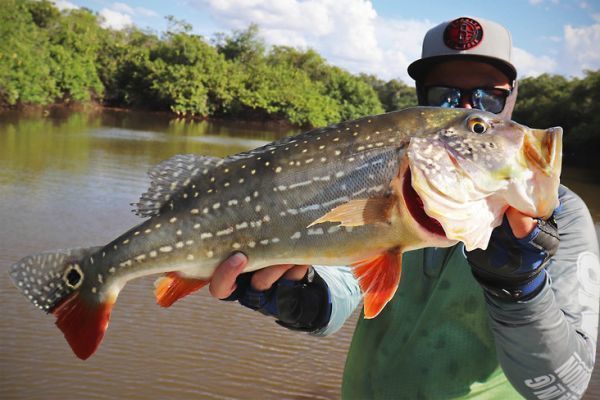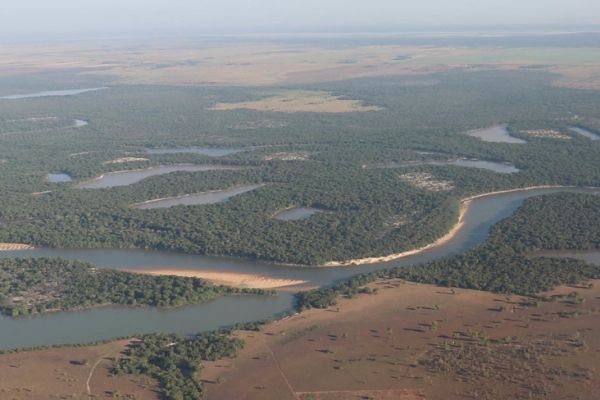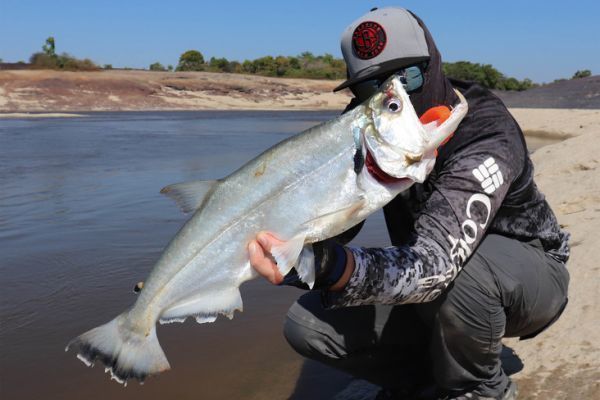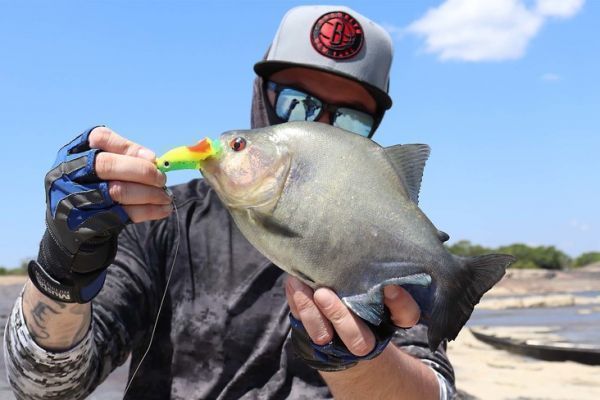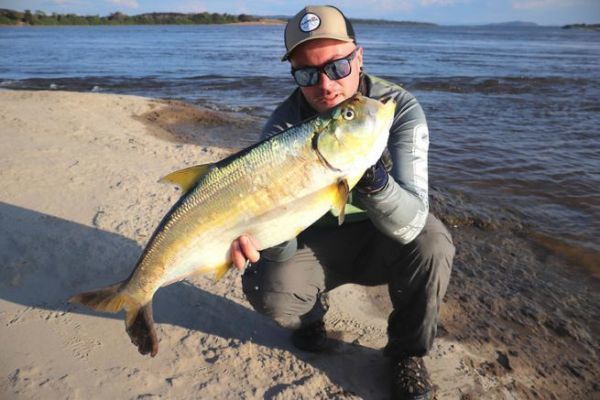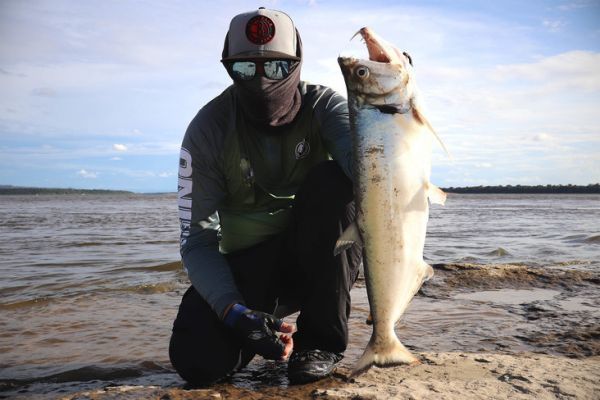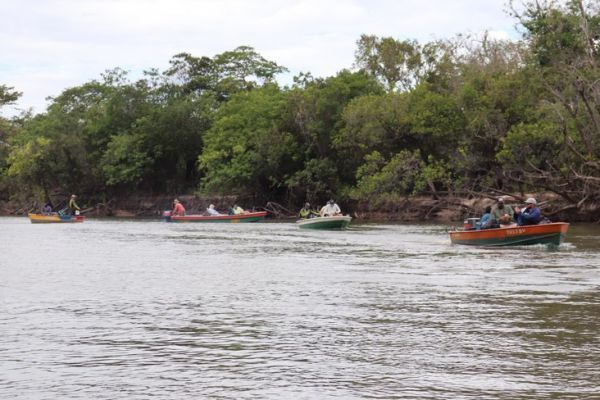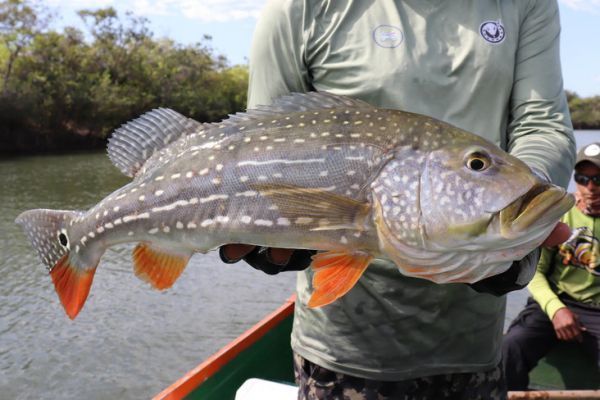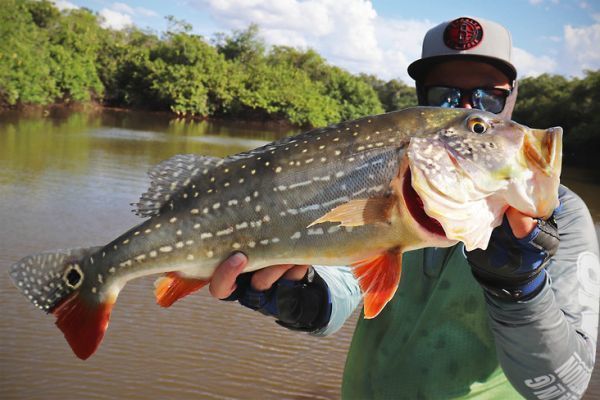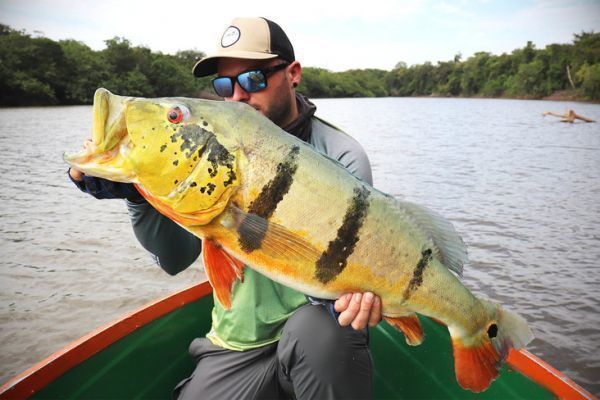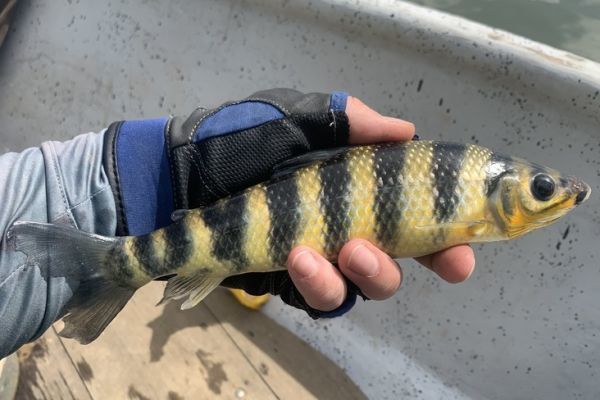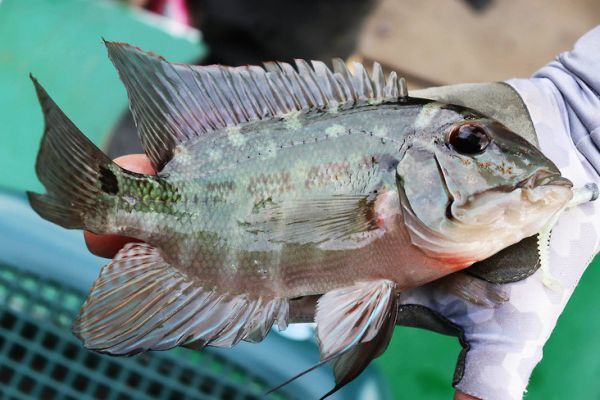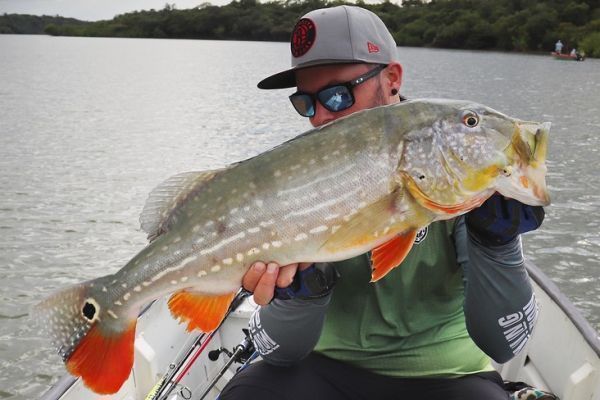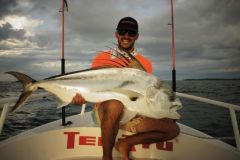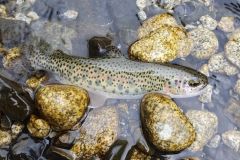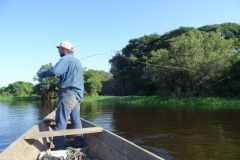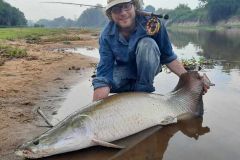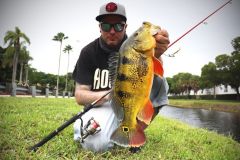Exploration of a new lagoon
The teams on site are constantly looking for new fishing spots and new lagoons. I had the chance to go fishing on a lagoon that had just been made accessible, so we were the first to fish it! The teams prepared the access in advance, by digging a staircase on the bank.
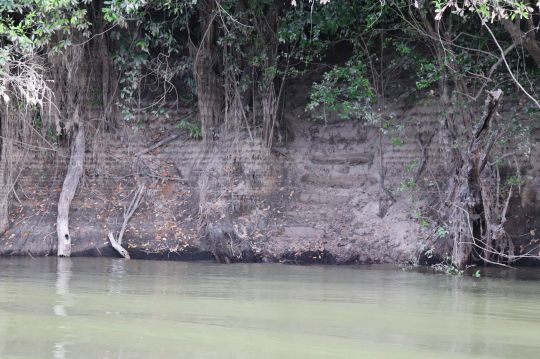
The day begins with the transport of a boat, without its engine, to the lagoon. To reduce the weight, the teams start by removing the engine from the boat.
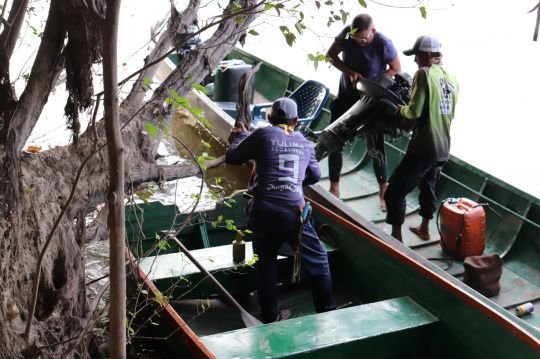
Then, it is necessary to take this boat through the vegetation. A path has been prepared to transport the boat.
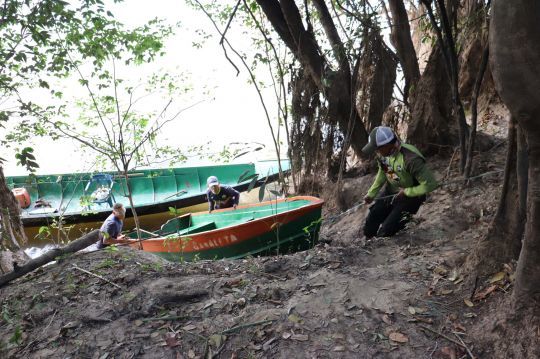
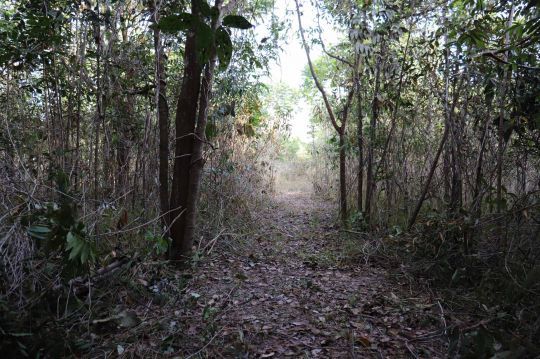
After all these efforts, we discover our fishing place for the morning. In the lagoon, the progression is done slowly with the oar.
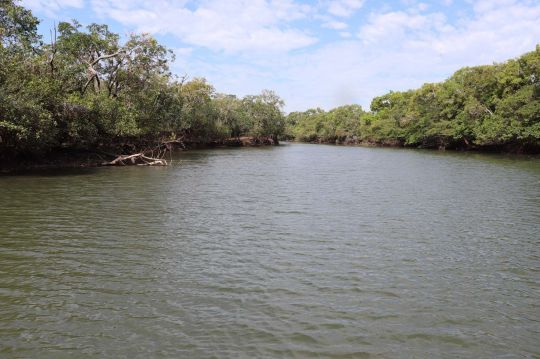
Explore the lagoons
Instinctively, we tend to explore the edges that are cluttered with trees. This is a good thing, as many fish take refuge there. However, fishing in open water, which is admittedly more boring, can be a good thing to do, because big fish are holding out. So you have to have the reflex to alternate. My strategy is to explore the edge carefully, and from time to time cast into the open water.
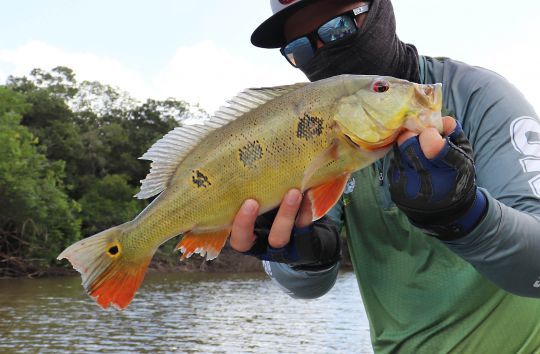
In spite of the hopes carried on this unexplored lagoon and the work of the teams to get there, the fishing was unfortunately not miraculous. We caught some small peacock bass butterfly, which are systematically held in the obstacles on the edge, and some small açu.
The river
For a change, after having spent two and a half days exploring the lagoons, we spend the afternoon on the river. The fishing is more dynamic, it often consists in drifting with the current, and to explore quickly the edges in power fishing.
In this game, jerkbaits minnow, surface sticks and poppers, about ten to twelve centimeters, are to be preferred. Here, as there are piranhas, we avoid using lures like spinnerbaits and bucktails jig, which do not last long against their teeth.
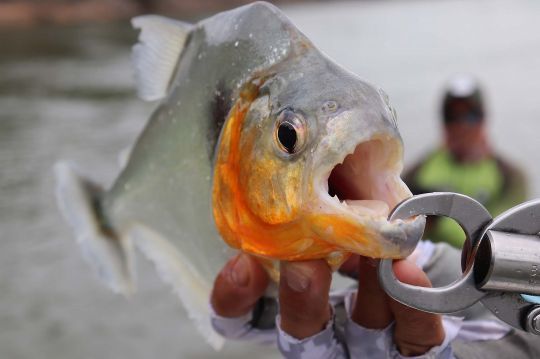
Even if the chances of coming across a big açu are rarer, the variety of species is greater in the river. The fishing is more active, with more action and a good number of bites, which is a great morale booster! Peacock bass are more numerous than in the lagoon, but smaller. The peacock bass intermedia, which prefers to live in the river, is particularly common.
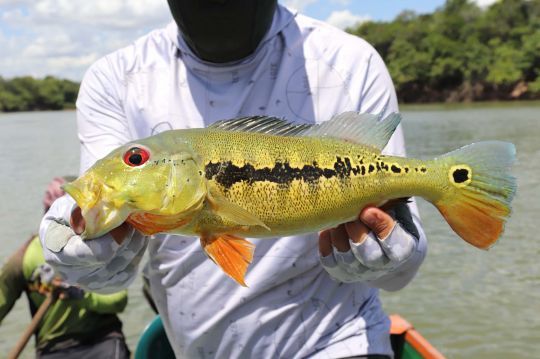
The intermedia is another species of peacock bass that doesn't grow much. It can reach up to 3 kilograms. It is endemic to the Orinoco basin, and is found only in this region of Colombia and Venezuela. This species is easy to recognize thanks to its unique lateral line.
For a first trip, starting by fishing in the river, before going to the lagoon, seems to me to be a good start. This allows you to catch fish quickly and to discover many species.

 /
/ 